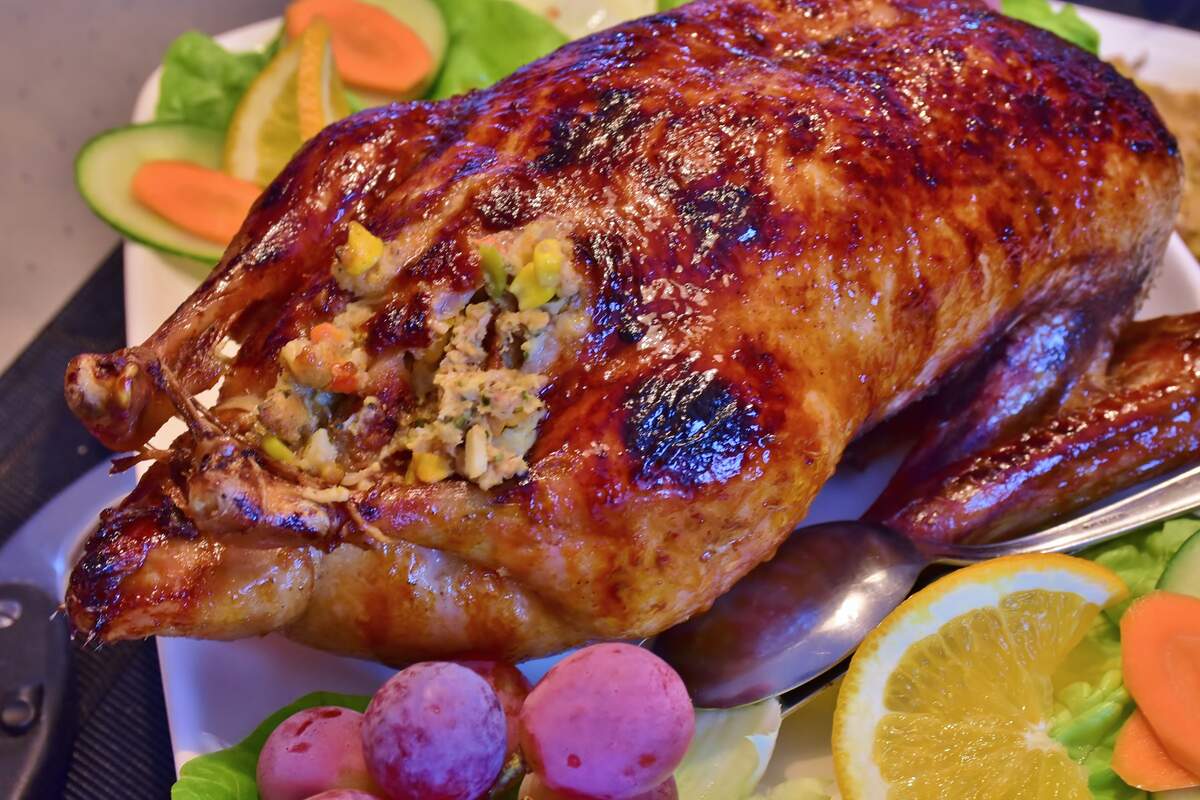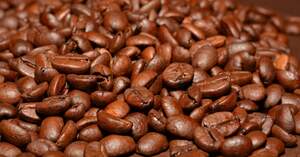

National Peking Duck Day
Also known as
Peking Duck Day
Observed
annually on January 18th
Dates
Tags
Food & Drink
Pets & Animals
Hashtags
Sources
Considered the national dish of China, the Peking duck can be found hanging in the windows of many Chinese restaurants. It has a dark brown, crispy skin, which comes from being cooked in a brick oven, which contrasts with the rich, juicy, and succulent meat beneath. The dish is celebrated and enjoyed today with National Peking Duck Day.
Peking duck is prepared using a white-feathered duck called a Pekin. (The duck doesn't have a "g" at the end of its name like the dish does.) The ducks live in a free-range environment for 45 days, then are force-fed for 15 to 20 days. When they are killed, their heads are kept on, and they are plucked and washed. Air is pumped into the ducks so the skin can be separated from the fat—the fat between the meat and skin later drains out during cooking. The ducks are then hung up in the open air to dry, then glazed with spices and sweet syrup, then roasted in an oven.
At restaurants, the maitre d' may slice the duck in front of diners, using a knife called a pianya dao, usually leaving the crisp skin on. (Although, sometimes the skin is sprinkled with sugar and eaten separately from the meat.) Pieces of the deboned duck are usually wrapped in chun bing, a type of pancake, with hoisin or tianmian sauce, scallion curls or leeks, and julienned cucumbers. Crushed garlic or pickled vegetables are sometimes added, and small buns are sometimes used instead of chun bing. Peking duck may be a two-course meal: The leftover meat may be stir-fried with beansprouts, and the bones may be used to make a broth for a soup with Chinese cabbage and winter melon.
Peking duck dates to the thirteenth or fourteenth century, having emerged during the Ming dynasty, which ruled China from 1368 to 1644. Roast ducks were sold door-to-door by street vendors in Hangzhou—the ducks likely being roasted on a large metal fork over a metal fire. Roast duck then became a specialty in the royal kitchens of Nanjing, China's capital at the time, and was known as Jingling roast duck, an old name for Nanjing. It looked more like the Peking duck of today and was cooked in an enclosed, square brick oven called a menlu, which had a door on each side. A duck was hung to roast behind each of the four doors. When Yongle Emperor moved the capital to Beijing in 1420, his recipes went with it, including the duck recipe. It became known as Peking duck, since Peking was an old name for the city, and continued to be on the imperial menu after the emperor's death. The white-feathered Pekin began being used in Beijing.
Nobility started eating Peking duck during the Qing dynasty, which ruled China from 1644 to 1912. At Forbidden City, the imperial palace during the Ming and Qing dynasties, ducks began being hung in ovens. These ovens, called gualus, began being used elsewhere. They allowed for ducks to be cooked one at a time for individual orders. Gualus became the primary way to cook Peking duck, instead of melus, and they are the ovens most associated with Peking duck today.
In 1864, Yang Quanren, a former poultry trader, opened up a restaurant in Beijing called Quanjude. It brought Peking duck to the general public, but the restaurant was especially popular with the upper classes and literati. Quanren staffed it with former palace chefs. The Quanjude name remains today, and is now a restaurant chain in China with locations in other parts of the world. Another restaurant known for preparing Peking duck, Bianyifang, was founded in 1885 and also remains today. After the Qing dynasty fell, chefs from the imperial court at the Forbidden City set up restaurants around Beijing and continued serving it there.
Peking duck became and has remained a popular Chinese dish and symbol of the country, and is now considered the country's national dish. It is also eaten around the world and assuredly was first made in the United States shortly after the Pekin duck was introduced there from China in 1873. Dignitaries from the United States and elsewhere visiting China have been served the dish. For example, President Richard Nixon and Secretary of State Henry Kissinger were served it when they visited China in the 1970s. It even makes an appearance in the 1983 film A Christmas Story. In China, the old restaurants remain, but Da Dong and Siju Minfu are two restaurants started in the twenty-first century known for preparing it, assuring it will be an important food for generations to come. For its cultural and culinary impact in China and beyond, Peking duck is enjoyed and celebrated today with National Peking Duck Day!
How to Observe National Peking Duck Day
The best places to have Peking duck are in China at restaurants like Quanjude, Bianyifang, Da Dong, and Siju Minfu. Since dining in China might be difficult, you could visit one of the many Chinese restaurants in the United States and around the world. Find one near you to eat at or to pick up a duck from. You could also make Peking duck at home!





















